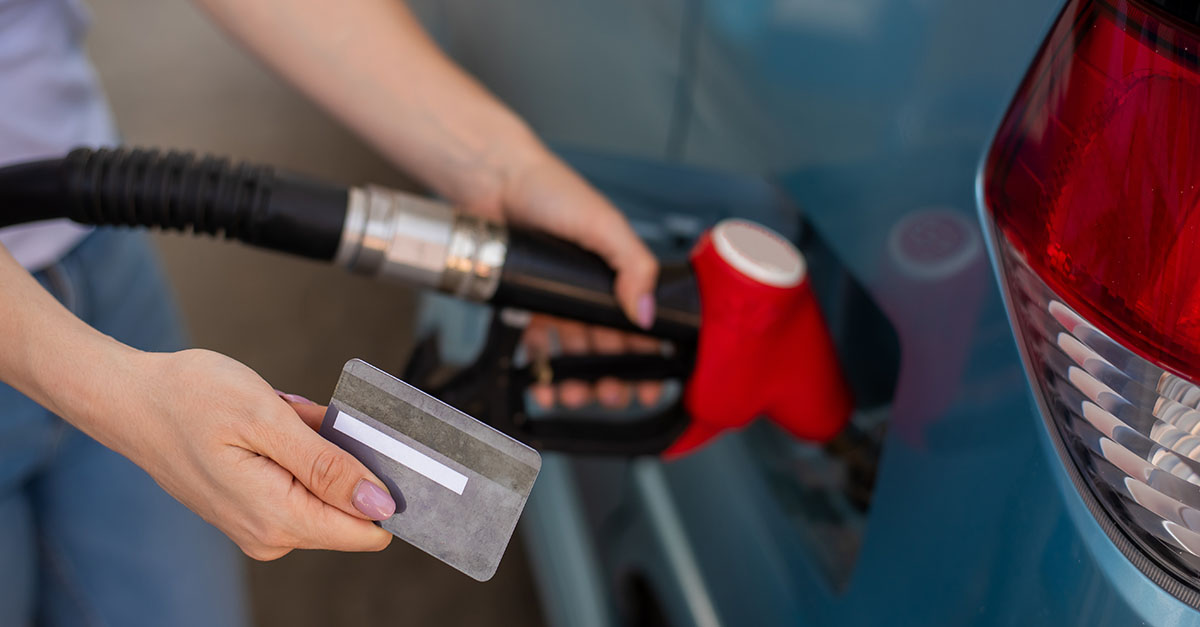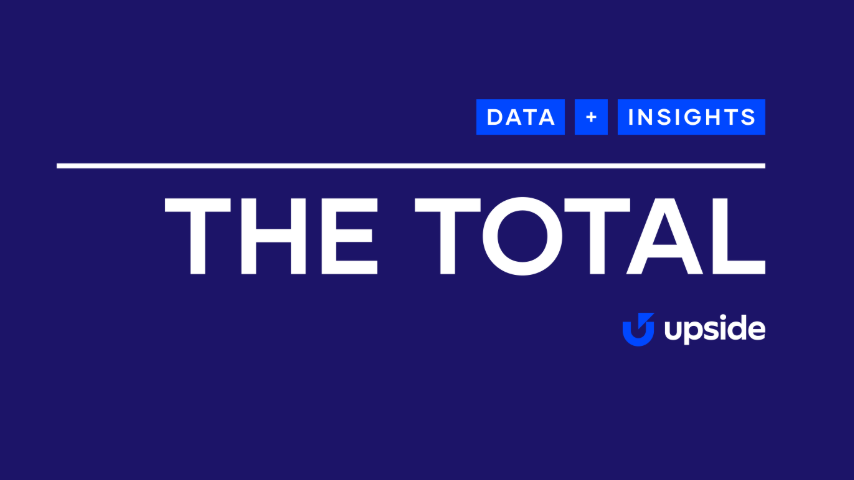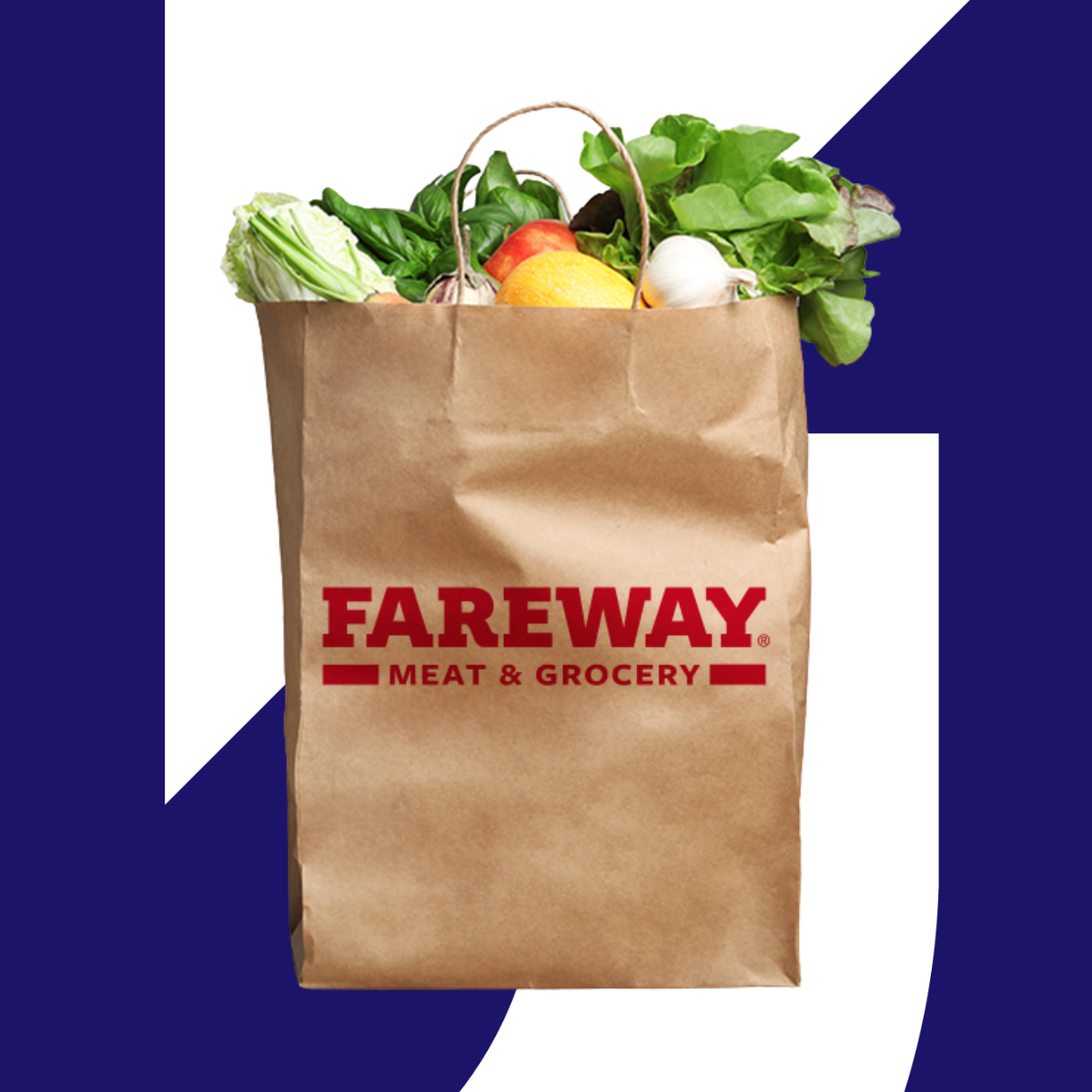What 3,700 consumers told us about digital habits and loyalty
Digital convenience is redefining loyalty and reshaping the modern shopper’s journey.

Dr. Thomas Weinandy
Consumers are creatures of habit, and as recently as a decade ago, their “habit” was running errands primarily at their preferred stores. They’d swing by the same grocery chain, fill up at the same gas station (maybe even at the same pump), and grab takeout every Friday night from their favorite pizza joint. The concept of “loyalty” wasn’t this big, existential challenge. It was simply how most people shopped.
Today, consumers still have a habit, but it’s different than before. Before they shop, they use digital tools to weigh their options — and the predictability that retailers might have come to expect is gone.
Upside’s latest survey of 3,700 consumers reveals what this new flexibility looks like and how it’s redefining loyalty in 2025.
Key insights:
- Shopping behavior now begins online, even when it ends in-store.
- Digital shopping is most common in Millennials and at higher income levels.
- An increase in digital shopping behavior has created a new majority of uncommitted customers.
Digital habits are reshaping how people shop
Our survey shows shoppers are blending the digital and physical worlds more than ever. Overall, in-person retail is still the most popular way for our survey respondents to transact. Nearly 90% said they’d shopped for groceries in a store in the past month, while 64% said they’d dined out at a restaurant.
At the same time, though, the rise of digital tools and an ever-increasing array of shopping options has more consumers than ever participating in digital retail. It starts before they even decide to transact — those digital tools help uncommitted customers compare their options and make a decision. With just a few taps of a smartphone, shoppers check prices, read reviews, and switch brands in seconds. Even when they shop in-person, digital research is driving their decision-making.
The following use social media, search engines, online ads, or online reviews to discover new products or brands:

We also asked customers how often they compare prices across businesses, whether in-person or online. In each of the grocery, restaurant, and fuel categories, it’s been a third and half of customers.
The following often or always compare prices across businesses:
- 39% of in-person grocery shoppers
- 38% of customers dining out at restaurants
- 46% of fuel customers
Then, when it comes to the actual transaction, many shoppers stay in the digital world. Roughly four in 10 respondents said they’d gotten a meal from a restaurant delivered in the past month, and a similar amount said they’d ordered groceries online for delivery or pickup.
Who’s driving the digital shift?
When we break out the survey responses by demographic, we notice a few trends. Here, we’ll use grocery data for a representative sample, but the results hold steady across most categories. (There are a few exceptions, and we’ll note them below.)
First, digital shopping increases with income. Consider the below graph plotting the share of customers who ordered groceries online in the last month. These results imply that the shore of digital grocery shopping increases by one percentage point for every $10,000 increase in household income.
.png)
We also see this trend occurring when it comes to buying items at a convenience store, dining in or getting delivery from a restaurant, and picking up a ready-to-eat meal. There are two exceptions: first, we see that buying gasoline for a vehicle increases in frequency up to $74,999 in household income, then it levels off for subsequent brackets. If you own a car, purchasing gas is required, whereas dining out is a luxury for many households. Additionally, in-store grocery shopping is overwhelmingly popular across all income groups.
Those results speak to income discrepancies — what about age? Our survey data shows that digital activities are most common amongst Millennials — specifically, people ranging in age from 35 to 44. See how that trend appears in online grocery orders:

A few factors make the individuals in this age group the most comfortable with digital transactions. They earn more on average than their younger counterparts; they’re more tech-savvy than the generation that came before them; and they’re often busy balancing work with family needs like childcare.
Just as in our breakdown by income level, the same two activities buck the trend: buying gas and buying groceries in-person. These get more popular as the respondent increases in age.
The opportunity in the age of flexibility
So, what does this change in shopping behavior represent? Ultimately, the rise of digital behaviors has helped to fuel a similar rise in uncommitted customers.
These shoppers aren’t loyal to one brand or channel, but rather to themselves — they prioritize the experience that offers them the most value. Price matters, but so does convenience, and personalization, and how easy it is to act on an offer.
It’s not that this type of customer is new — to some extent, uncommitted customers have always existed. What’s new is that uncommitted customers now make up a notable majority. According to our data, nearly 80% of retail customers are uncommitted today.
For retailers, this flexibility creates both a challenge and an opening. Uncommitted shoppers are exposed to more choices, but they’re also reachable in more ways. Every search, app notification, and comparison represents a moment to influence their next decision.
Retailers who use transaction data to deliver personalized offers can turn that flexibility into frequency, and transform uncommitted shoppers into loyal ones.
Looking ahead
Loyalty is no longer about where customers shop most often, but where they feel they’re getting the most in return. As digital and physical shopping continue to blend, the most successful retailers will be those who meet customers where they are — online, offline, or somewhere in between.
Upside’s latest report, Winning the Uncommitted Customer, explores how businesses can use data-driven personalization to convert flexible shoppers into frequent ones — and turn digital discovery into lasting loyalty. Get your copy of the report here.
Share this article:
Dr. Weinandy is a Principal Research Economist at Upside, providing valuable insights into consumer spending behavior and macroeconomic trends for the fuel, grocery, and restaurant industries. With a Ph.D. in Applied Economics, his academic research is in digital economics and brick-and-mortar retail. He recently wrote a book on leveraging AI for business intelligence.
Request a demo
Request a demo of our platform with no obligation. Our team of industry experts will reach out to learn more about your unique business needs.









.png)





